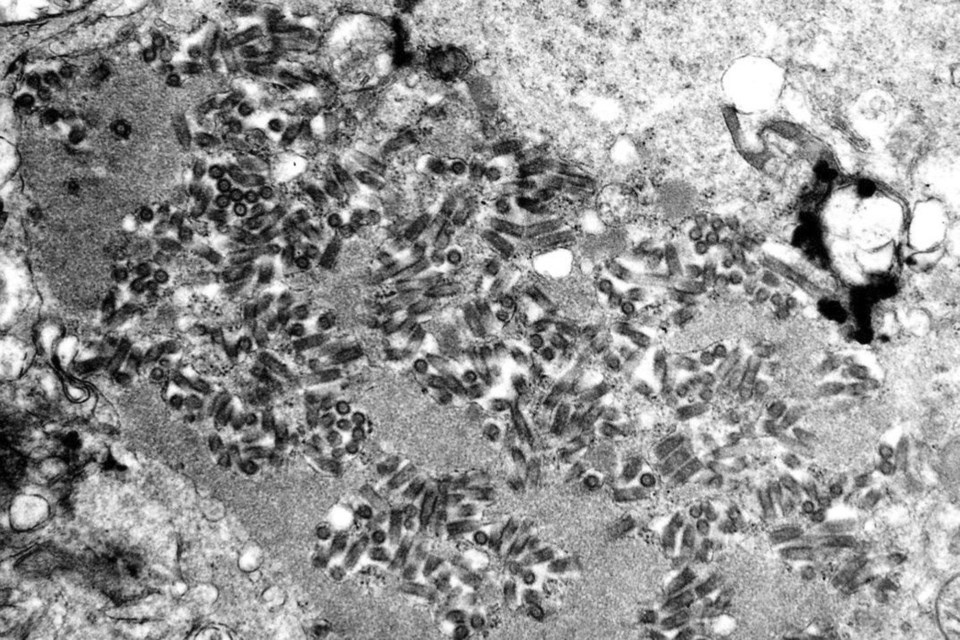MINNEAPOLIS (AP) — A Minnesota resident who came into contact with a bat in July died of rabies, the state's department of health announced Friday.
The person's death marks a rare occurrence, as fewer than 10 people in the the U.S. die from rabies each year, according to the U.S. Centers of Disease Control and Prevention. The person is over the age of 65 and was exposed to a bat in western Minnesota in July, the Minnesota Department of Health said.
CDC officials confirmed the rabies diagnosis at its lab in Atlanta on Sept. 20. In a news release, the state health department said it was working to evaluate whether more people were exposed to the disease, but said there was no ongoing risk to the public
Officials said the fatal case advised the public to avoid contact with bats, whose teeth are so tiny that a bite may not be felt or even leave a noticeable mark.
is caused by a virus that invades the central nervous system and is usually fatal in animals and humans. If left untreated, rabies is almost always fatal. But rabies treatment has proven to be nearly highly effective at preventing the disease after an exposure, state health officials said. Treatment must be started before symptoms of rabies appear, they added.
Dr. Stacy Holzbauer, the state public health veterinarian, also advised people to get their household pets and livestock immunized against rabies.
The number of rabies-related human deaths in the U.S. has declined from more than 100 annually in the early 1900s to less than five cases annually in recent years, the health department. About 70% of infections acquired in the country are attributed to bat exposures.
The Associated Press


